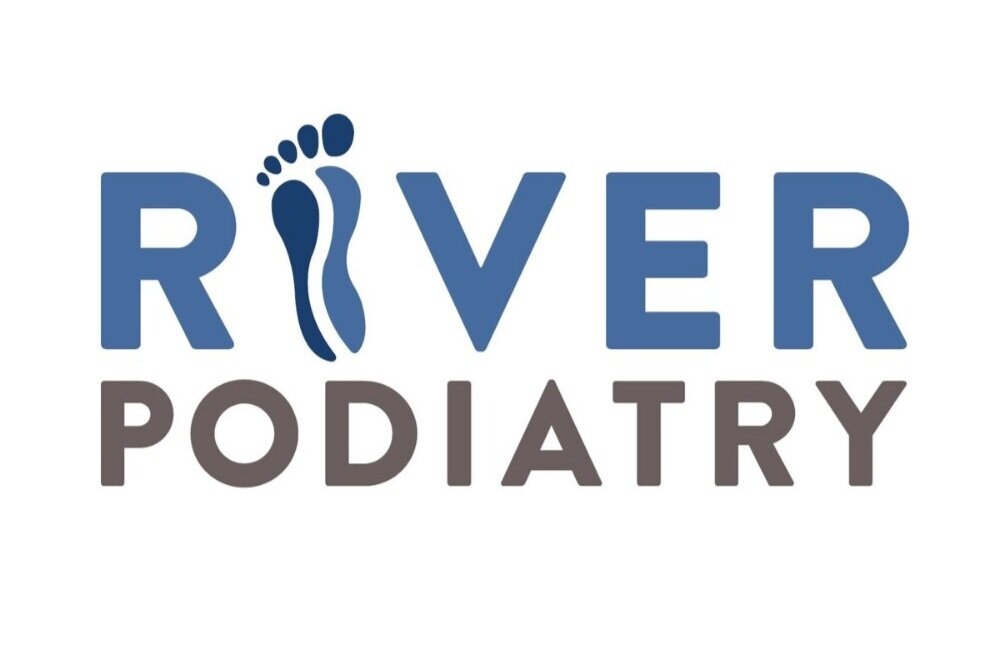ACHILLES TENDONITIS
The Achilles tendon is the thickened cord or fibrous band that runs down the back of one’s leg and attaches to the heel bone. A prime function of this muscle or tendons structure is to assist in moving the foot up and down. Athletes at all competitive levels frequently encounter problems with this tendon. It is subject to injury from direct impact, overuse, excessive training, or shoe pressure. The patient with achilles tendonitis will often have pain and swelling in the lower portion of the tendon just above the heel and will have discomfort when moving the foot upwards thus stretching the tendon. These patients can have significant discomfort and will frequently take themselves out of physical activities prior to visiting the physician.
What causes it?
Although we are unsure why certain individuals are more prone to develop this problem than others, there are specific reoccurring factors. Trauma or injury to the Achilles tendon itself is an obvious cause of subsequent tendonitis. An abnormality in the way that one walks or what the medical authorities refer to as improper biomechanics can also create excessive strain upon the Achilles tendon resulting in localized swelling and pain. Over use, excessive training and improper stretching can also lead to Achilles tendon injuries. pPain, reduced range of motion, localized swelling, and a potential long term problem that is usually slowly responsive to therapy is the result of Achilles tendonitis.
How do you treat it?
In discussing the treatment approaches to an Achilles tendonitis, we must first mention the necessity of a thorough examination by a specialist. Fractures of the heel bone, partial ruptures of the tendon itself, and localized soft tissue problems must be carefully considered and ruled out.
The specific treatment of an Achilles tendonitis may include physical therapy, shoe padding (lifts to raise the heel), orthotics, oral anti-inflammatory medication, and reduced physical activity or immobilization until the condition improves. Surgery, although mentioned for completeness I is rarely used, it should be mentioned that this painful and often disabling condition, while frequently slow to respond, will usually improve and resolve with therapy over time.

